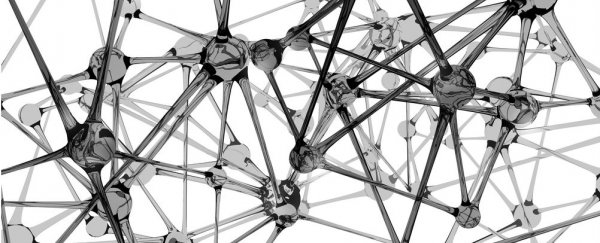The human brain is a busy, bustling place, with around 100 billion neurons processing and transmitting information via electrical and chemical signals. And to make things even more complex, each of these neurons has about 10,000 different connections to neighbouring brain cells.
Over several decades, scientists have learned a lot about how different neurons function and interact with each other. But in doing so, they've amassed huge amounts of data, spread across tens of thousands of scientific papers. Making matters worse is the fact that methods of collecting and reporting this data are often inconsistent.
In a bid to help scientists manage the copious amounts of information and develop new methods of analyses, computer scientists from Carnegie Mellon University in the US have created an open-access database indexing all the known physiological information about neurons, which can be roughly classified into 300 types.
The Wikipedia-like system is called NeuroElectro, and can be found at www.neuroelectro.org. Researchers say the site will help accelerate neuroscience research by providing a centralised resource for collecting and comparing data on how neurons function.
"If we want to think about building a brain or re-engineering the brain, we need to know what parts we're working with," said Nathan Urban, director of the Carnegie Mellon's BrainHub neuroscience initiative, in a press release.
"We know a lot about neurons in some areas of the brain, but very little about neurons in others. To accelerate our understanding… we need to be able to easily determine whether what we already know about some neurons can be applied to others we know less about."
The database was created by computational neuroscientist, Shreejoy J. Tripathy, from the University of British Columbia in Canada. He selected more than 10,000 published papers that contained physiological data describing how neurons responded to various inputs.
He then used text-mining algorithms to 'read' each of the papers. These algorithms extracted portions of the text identifying the type of neuron studied, which enabled these papers to be categorised. The algorithms also isolated and retrieved information relating to how these neurons functioned, how the experiments on them have been conducted, and which data were recorded.
In total, Tripathy was able to collect, standardize, and index data for approximately 100 different types of neurons.
As the text-mining technique isn't foolproof, the creators had to go through and validate the information. Importantly, their database has mechanisms that allow users to flag data that's incorrect or needs to be checked, and gives them the opportunity to include and publish new information.
In a paper published in the Journal of Neurophysiology, the researchers outline new analyses methods that can be performed using their database, such as a quicker way of comparing clusters of neurons that appear to have similar functions and triggers.
"It's a dynamic environment in which people can collect, refine and add data," Urban said of the NeuroElecto database. "It will be a useful resource to people doing neuroscience research all over the world."
